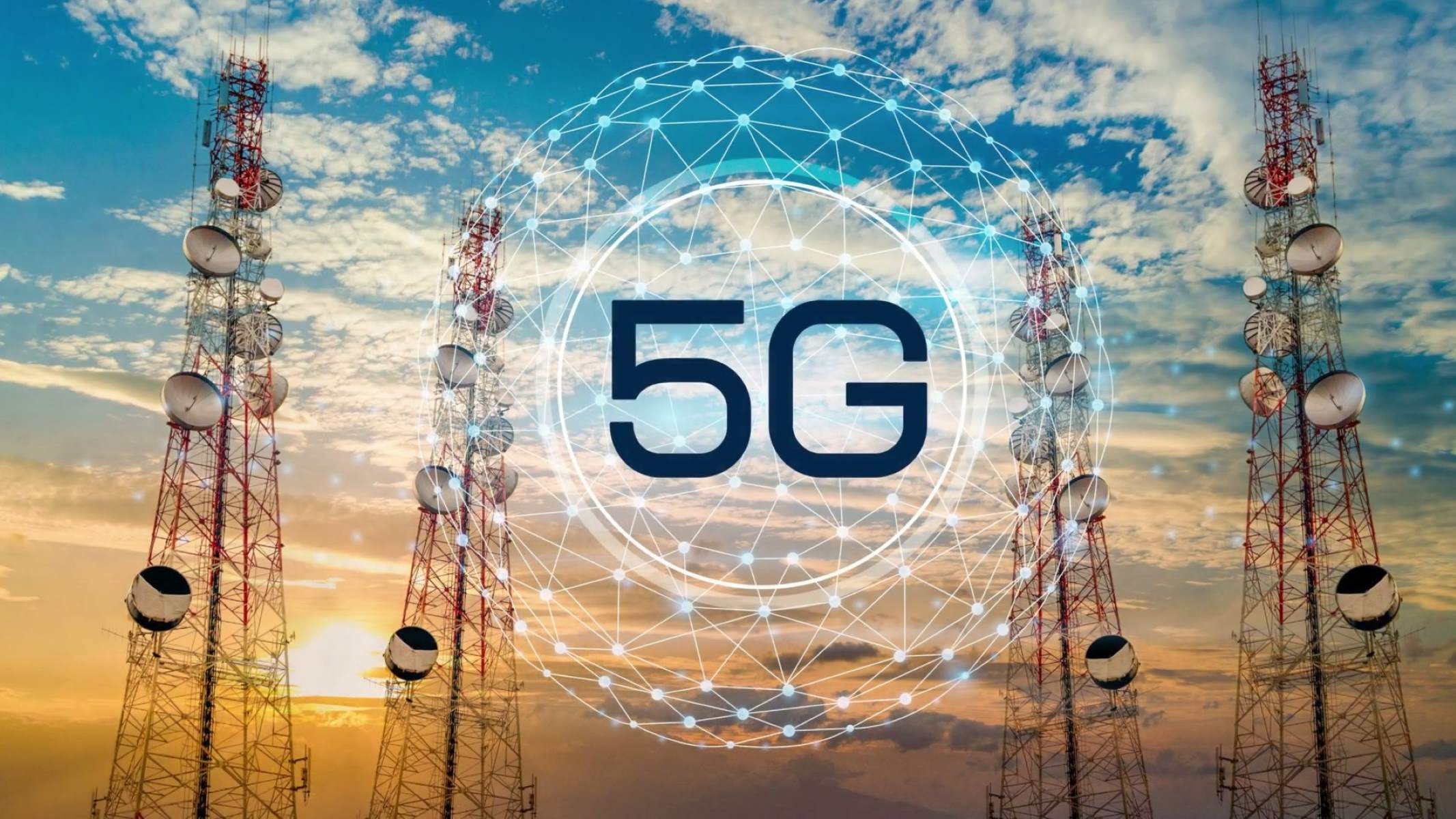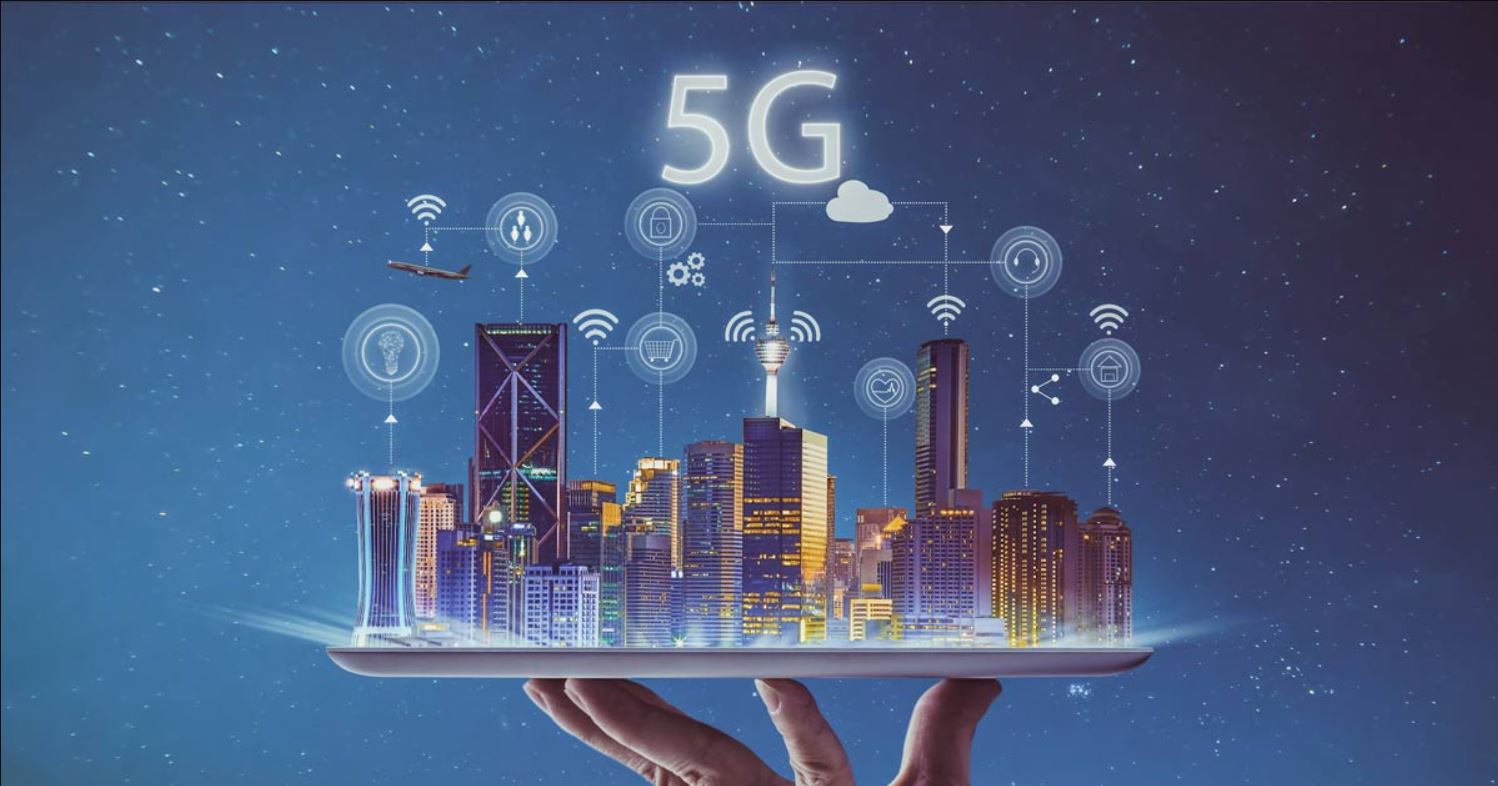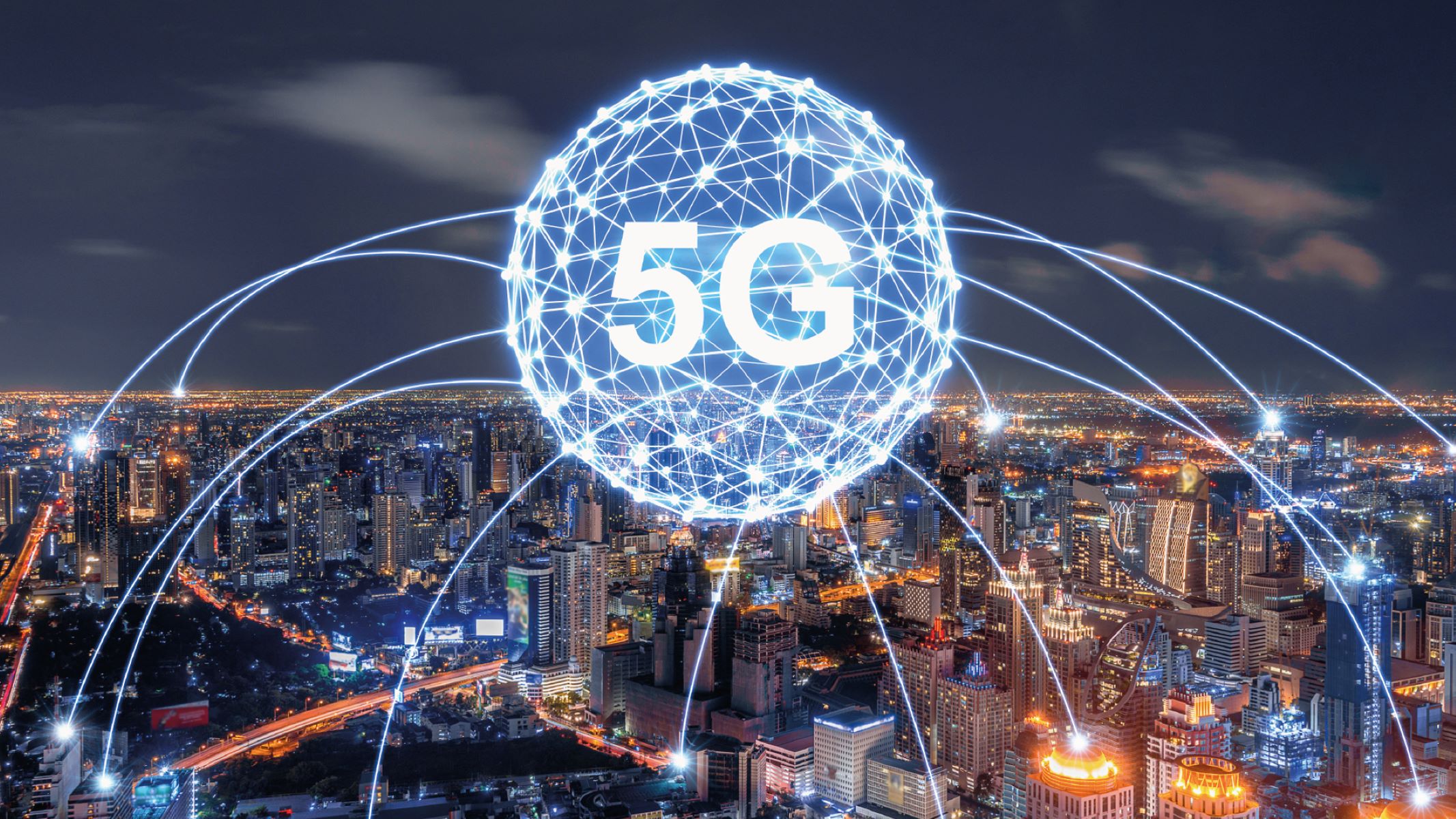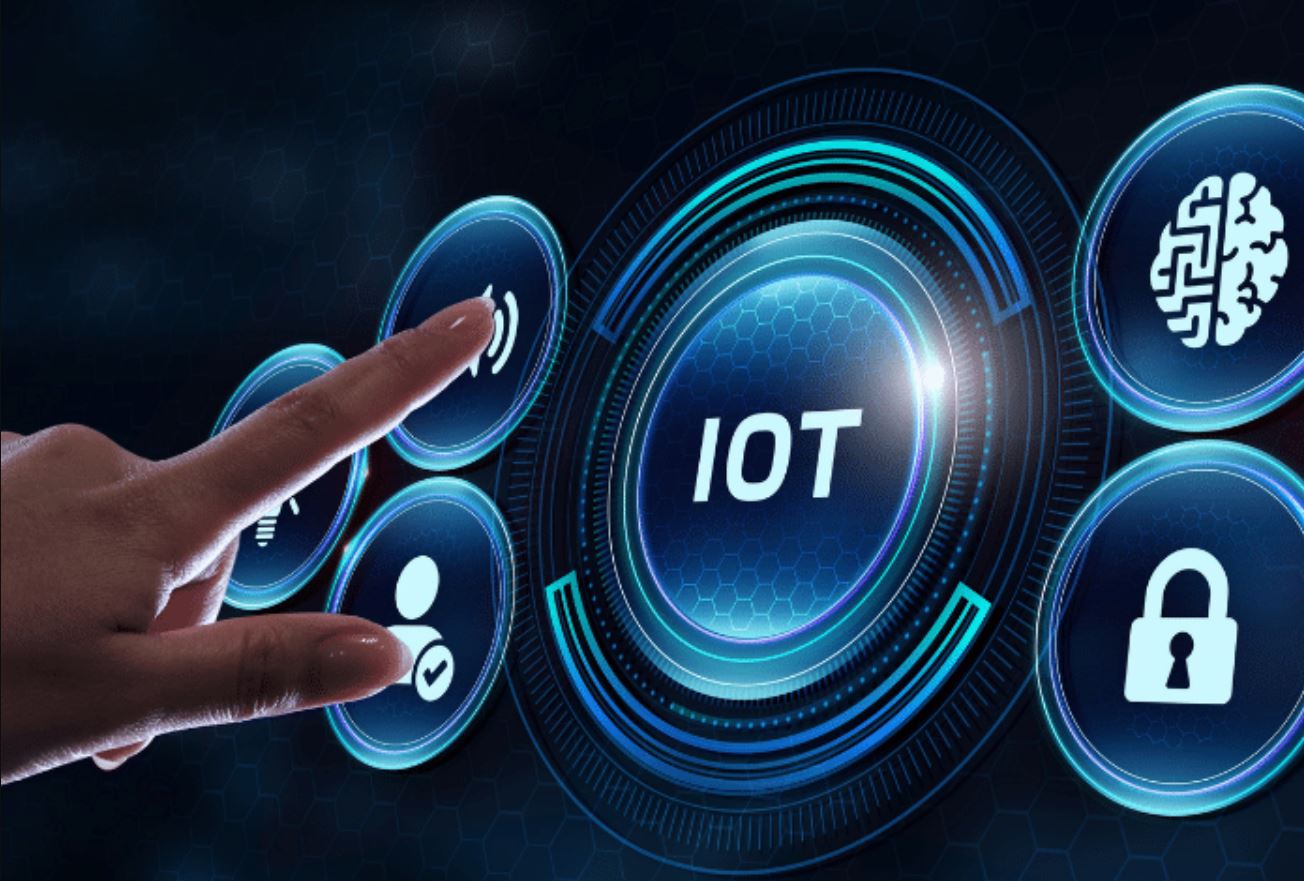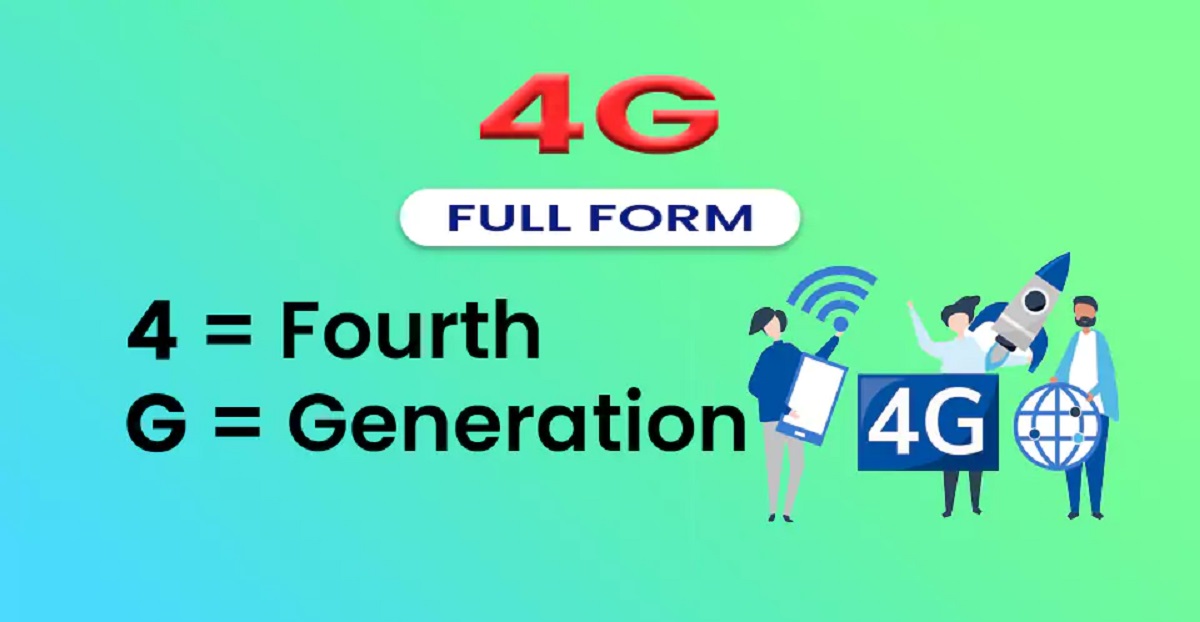Introduction
As technology continues to advance at a rapid pace, we find ourselves on the cusp of a new era in connectivity and computing. Two key innovations that are set to revolutionize the way we interact with data and devices are 5G and edge computing. The seamless integration of these technologies has the potential to unlock unprecedented levels of speed, efficiency, and responsiveness in our digital experiences.
5G, the fifth generation of wireless technology, promises lightning-fast download speeds, ultra-low latency, and massive connectivity. This high-speed, low-latency network has the power to transform industries such as healthcare, transportation, manufacturing, and entertainment, enabling us to accomplish tasks faster and more efficiently than ever before.
Edge computing, on the other hand, brings data processing and storage closer to the source of data generation, reducing the need for centralized cloud infrastructure. By deploying computing resources at the edge of the network, edge computing allows for real-time data analysis and decision-making, enabling faster response times, better security, and improved privacy.
The relationship between 5G and edge computing is symbiotic, with each technology complementing and enhancing the capabilities of the other. Together, they form a powerful alliance that paves the way for innovative applications and use cases.
In this article, we will delve deeper into the relationship between 5G and edge computing, exploring how the combination of these two technologies can revolutionize industries, improve user experiences, and overcome existing challenges. We will also discuss the benefits, use cases, and potential limitations of this powerful alliance.
Definition of 5G and Edge Computing
Before we dive into the relationship between 5G and edge computing, let’s first establish a clear understanding of these two technological concepts.
5G, short for fifth generation, refers to the latest generation of wireless technology that promises significantly faster data speeds, lower latency, and greater capacity compared to its predecessors. It operates on a higher frequency band, allowing for the transmission of larger volumes of data at incredible speeds. 5G networks are designed to support a massive number of connected devices simultaneously, making it ideal for the Internet of Things (IoT) and other emerging technologies.
Edge computing, on the other hand, is a decentralized computing infrastructure that brings data storage and computation closer to the source of data generation. Unlike traditional cloud computing, which relies on central data centers located far away from end-users, edge computing places computing resources directly at the “edge” of the network, near the devices and sensors producing the data. This proximity to the data source enables faster data processing, analysis, and response times, reducing the dependence on distant data centers and minimizing network congestion.
In simpler terms, 5G is all about high-speed wireless connectivity, while edge computing is about processing and analyzing data at the edge of the network, closer to where it is generated.
These two technologies, when combined, have the potential to revolutionize the way we interact with and leverage data. With 5G enabling lightning-fast data transmission and edge computing facilitating real-time data processing, we can expect a new era of seamless and immersive digital experiences.
Now that we have a clear understanding of 5G and edge computing, let’s explore how these technologies work together to unlock exciting possibilities and drive innovation in various industries.
Understanding the Basics of 5G
5G, the fifth generation of wireless technology, is poised to revolutionize the way we communicate and connect in the digital world. It offers a significant leap in performance compared to its predecessor, 4G LTE, providing faster data speeds, ultra-low latency, and massive connectivity. To understand the basics of 5G, let’s explore some key aspects of this cutting-edge technology.
1. Speed: One of the defining features of 5G is its unparalleled speed. It boasts download speeds of up to 10 gigabits per second (Gbps), which is at least 10 times faster than 4G. This means you can download large files, stream high-definition videos, and access data-intensive applications in the blink of an eye.
2. Low Latency: Latency refers to the time it takes for data to travel from one point to another. 5G offers ultra-low latency, with response times as low as one millisecond. This near-instantaneous communication is crucial for applications that require real-time interactions, such as remote surgery, autonomous vehicles, and augmented reality (AR) gaming.
3. Massive Connectivity: 5G has the capability to support a massive number of devices simultaneously, making it ideal for the Internet of Things (IoT) ecosystem. This means you can have a smart home with numerous connected devices, a smart city with interconnected infrastructure, and seamless connectivity in crowded areas like stadiums and shopping malls.
4. Network Slicing: Network slicing is a key feature of 5G that allows for the creation of virtualized networks tailored to specific use cases. This enables service providers to allocate network resources based on application requirements, ensuring optimal performance and quality of service for different applications simultaneously.
5. Beamforming: 5G utilizes advanced beamforming techniques to direct signals towards specific users or devices, rather than broadcasting them indiscriminately. This targeted approach improves signal strength, reliability, and spectral efficiency, resulting in better network performance and coverage.
Overall, 5G promises to unleash a new wave of innovation and possibilities. Its blazing fast speeds, low latency, massive connectivity, network slicing, and beamforming capabilities will pave the way for advancements in areas such as autonomous vehicles, remote healthcare, smart cities, augmented reality, and much more.
In the next section, we will explore the basics of edge computing and how it complements 5G to enhance the overall user experience and enable groundbreaking applications.
Understanding the Basics of Edge Computing
Edge computing is an emerging computing paradigm that aims to bring data storage, processing, and computation closer to the edge of the network, near the source of data generation. This decentralized approach offers several advantages over traditional cloud computing, where data is sent to a centralized data center for processing. To understand the basics of edge computing, let’s explore some key concepts and benefits of this innovative technology.
1. Proximity to Data Source: Edge computing places computing resources and data storage closer to where data is generated, such as IoT devices, sensors, and mobile devices. This proximity allows for faster data processing and reduces the latency associated with sending data to a remote data center. It enables real-time analysis and decision-making, which is crucial for time-sensitive applications.
2. Improved Performance and Responsiveness: By processing data at the edge, edge computing reduces the dependency on a centralized data center. This results in faster response times and improved performance, as data doesn’t need to travel long distances to be processed. It enables applications to deliver almost instantaneous results, leading to better user experiences and more efficient operations.
3. Bandwidth Optimization: Edge computing helps optimize bandwidth usage by reducing the amount of data that needs to be transmitted to the cloud for processing. Instead of sending the raw data, edge devices can preprocess the data locally and send only the relevant and actionable insights to the cloud. This reduces network congestion and minimizes costs associated with data transfer.
4. Enhanced Security and Privacy: With edge computing, sensitive data can be processed and stored locally, reducing the risk of data breaches during data transmission to remote data centers. This local processing also offers greater control over data privacy and compliance, as organizations can maintain ownership and secure their data within their own network infrastructure.
5. Scalability and Flexibility: Edge computing allows for the distribution of computing resources across multiple edge devices and locations, providing scalability and flexibility. This enables businesses to meet the increasing demands of data processing without relying solely on centralized data centers. It also allows for edge devices to adapt to changing workloads and requirements.
Edge computing is transforming industries and enabling innovative applications across various domains. From autonomous vehicles and smart cities to healthcare and industrial automation, edge computing empowers organizations to leverage real-time insights and deliver seamless user experiences.
In the next section, we will explore the relationship between 5G and edge computing and how they complement each other to unlock new possibilities and drive technological advancements.
The Relationship Between 5G and Edge Computing
The relationship between 5G and edge computing is crucial and symbiotic. These two technologies complement each other to create a powerful alliance that enhances connectivity, responsiveness, and efficiency. Let’s explore the key aspects of their relationship and how they work together:
1. Speed and Low Latency: 5G’s high-speed connectivity and ultra-low latency enable faster data transmission and response times. By combining this with edge computing’s localized data processing and storage capabilities, we can achieve real-time analysis and decision-making. This is particularly valuable in applications such as autonomous vehicles, where split-second decisions can be critical, or in remote surgery, where low latency is essential for success.
2. Distributed Computing: Edge computing extends the computing capabilities to the edge of the network, reducing the reliance on centralized data centers. By deploying computing resources closer to the data source, data can be processed and analyzed locally without the need to send it to a remote server. This reduces the network traffic and latency, resulting in improved performance and efficiency, especially in scenarios where a huge amount of data is generated, such as in smart cities or industrial IoT applications.
3. Data Offloading: The combination of 5G and edge computing allows for efficient data offloading. Edge devices can preprocess and filter data locally, sending only the necessary insights or actionable data to the cloud. This reduces the amount of data that needs to be transmitted over the 5G network, optimizing bandwidth and reducing network congestion. It also reduces the cost associated with data transfer and storage in the cloud.
4. Scalability and Flexibility: Both 5G and edge computing offer scalability and flexibility. With 5G, organizations can connect a massive number of devices simultaneously, while edge computing allows for the distribution of computing resources across multiple edge devices and locations. This combination enables businesses to handle increasing data volumes and meet the demands of data processing without relying solely on centralized data centers.
The relationship between 5G and edge computing extends beyond enhanced technology capabilities. It also opens up new opportunities for innovation and disruption across various industries. For example, in healthcare, the real-time insights enabled by the combination of 5G and edge computing can revolutionize telemedicine, remote patient monitoring, and emergency response systems.
In manufacturing, the integration of 5G and edge computing can enable real-time quality control, predictive maintenance, and efficient supply chain management. The combination of these technologies can also transform transportation and logistics by facilitating autonomous vehicles, smart traffic management systems, and efficient fleet management.
Overall, the relationship between 5G and edge computing is a game-changer. It allows for faster, more efficient, and innovative solutions that can transform industries and improve the quality of our digital experiences.
Benefits of the Relationship Between 5G and Edge Computing
The alliance between 5G and edge computing brings forth a multitude of benefits that revolutionize the way we interact with data and devices. Let’s explore some key advantages of the relationship between these two technologies:
1. Enhanced Speed and Responsiveness: By combining the lightning-fast speeds of 5G with the localized data processing of edge computing, users can experience remarkably fast and responsive applications. Whether it’s streaming high-definition videos, playing online games, or using real-time AR/VR applications, the relationship between 5G and edge computing eliminates latency and delivers an unparalleled user experience.
2. Real-time Data Processing: Edge computing’s ability to process data at the edge of the network, combined with the low latency of 5G, enables real-time data analysis and decision-making. This is vital for applications like autonomous vehicles, where split-second decisions need to be made based on real-time data from multiple sources. Real-time data processing also enhances the effectiveness of industrial automation, remote monitoring, and smart city infrastructure.
3. Improved Reliability and Resilience: Edge computing reduces reliance on a centralized data center, distributing computing resources across the network. This decentralized architecture enhances reliability and resilience, as data processing and storage can continue even if a part of the network fails. In case of network disruptions, edge devices can still function autonomously and maintain critical operations, ensuring continuity and minimizing downtime.
4. Cost Optimization: The combination of 5G and edge computing optimizes costs associated with data transfer and storage. Edge devices can perform local data processing and filtering, sending only the necessary insights to the cloud. This reduces bandwidth usage, network congestion, and the need for extensive cloud infrastructure. By minimizing data transfer and utilizing edge resources efficiently, businesses can achieve cost savings and increase operational efficiency.
5. Scalability and Flexibility: 5G and edge computing offer scalability and flexibility to accommodate the growing demands of data processing and connectivity. With 5G, organizations can connect a massive number of devices and cater to the increasing need for network capacity. Edge computing allows for the distribution of computing resources across multiple edge devices and locations, providing scalability to handle large volumes of data and adapt to changing workloads.
The benefits of the relationship between 5G and edge computing extend beyond technical aspects. They have a profound impact on industries and society as a whole. From enabling smart cities and autonomous transportation to advancing healthcare and industrial automation, this alliance drives innovation, improves efficiency, and enhances the overall quality of our digital experiences.
In the next section, we will explore some practical use cases where the combination of 5G and edge computing is already making a significant impact and shaping the future of technology.
Use Cases for 5G and Edge Computing
The combination of 5G and edge computing offers endless possibilities and opens up a wide range of use cases across various industries. Let’s explore some practical examples where these technologies are already making a significant impact:
1. Autonomous Vehicles: 5G’s high-speed connectivity and ultra-low latency, combined with edge computing’s real-time data processing capabilities, are essential for autonomous vehicles. Edge devices can process sensor data instantaneously, enabling real-time decision-making and ensuring the safety and efficiency of self-driving cars. This use case includes vehicle-to-vehicle communication, real-time traffic updates, and efficient route optimization.
2. Smart Cities: 5G and edge computing play a vital role in making cities smarter and more sustainable. With 5G’s massive connectivity and edge computing’s localized data processing, cities can leverage real-time data analysis to improve urban planning, traffic management, energy optimization, and public safety. Smart traffic lights, intelligent waste management systems, and real-time environmental monitoring are examples of how the combination of these technologies can transform urban areas.
3. Telemedicine: The relationship between 5G and edge computing enables transformative advancements in telemedicine. Real-time video consultations, remote surgeries, and patient monitoring become possible with the high speeds and low latency of 5G, while edge computing facilitates the real-time processing of patient data and ensures secure and private healthcare services. This combination is particularly valuable in remote areas where access to specialized medical services is limited.
4. Industrial Automation: 5G and edge computing are driving advancements in industrial automation, increasing efficiency and productivity. With the high-speed connectivity of 5G, machines and robots can communicate seamlessly, leading to synchronized and collaborative manufacturing processes. Edge computing enables real-time monitoring and control of industrial systems, empowering predictive maintenance, remote equipment management, and efficient supply chain management.
5. AR/VR Gaming and Entertainment: The combination of 5G’s low latency and edge computing’s real-time processing capabilities enhances the immersive experiences of augmented reality (AR) and virtual reality (VR) applications. Seamless online gaming experiences, lifelike VR simulations, and interactive live events become possible, as edge devices can process large amounts of data locally, minimizing latency and delivering rich multimedia experiences.
These are just a few examples of the countless use cases where 5G and edge computing are making a significant impact. From healthcare and manufacturing to entertainment and transportation, the combined power of these technologies has the potential to reshape industries, improve efficiency, and enhance the quality of our lives.
In the next section, we will explore the challenges and limitations that organizations and stakeholders may encounter when implementing 5G and edge computing solutions.
Challenges and Limitations of 5G and Edge Computing
While the combination of 5G and edge computing brings forth numerous benefits, there are also challenges and limitations that organizations and stakeholders need to address. Let’s explore some of these challenges:
1. Infrastructure Deployment: 5G requires significant investment in infrastructure, including the installation of new base stations and the deployment of fiber-optic cables. The rollout of 5G networks is a complex task that requires collaboration between telecom companies, governments, and other stakeholders. Similarly, edge computing requires the deployment of edge devices and resources closer to the network edge, which may pose logistical and cost challenges, especially in large-scale implementations.
2. Network Coverage: Despite ongoing expansion efforts, achieving extensive 5G network coverage remains a challenge in many areas. The deployment of 5G infrastructure requires careful planning and coordination, as factors like signal range, signal penetration, and interference need to be considered. Network coverage gaps can limit the benefits of 5G and restrict the deployment of applications that rely on seamless connectivity, such as autonomous vehicles and remote healthcare.
3. Security and Privacy: With the proliferation of connected devices and the transfer of sensitive data, security and privacy become critical concerns. Edge devices, being closer to the network edge, can be susceptible to security breaches if not properly secured. Additionally, the distributed nature of edge computing may introduce vulnerabilities, as there are more points of entry for potential attacks. Organizations must implement robust security measures to safeguard data and protect against unauthorized access.
4. Integration and Interoperability: Integrating diverse systems and technologies can present interoperability challenges. 5G and edge computing solutions often involve the integration of various hardware and software components from different vendors. Ensuring seamless interoperability and compatibility among these components can be complex and may require standardized protocols and collaboration between industry players.
5. Skillset and Workforce: The implementation and management of 5G and edge computing solutions require specialized knowledge and skills. Organizations need professionals who understand the complexities of these technologies and can effectively oversee their deployment and maintenance. The availability of a skilled workforce and the need for ongoing training to keep up with the rapidly evolving landscape are essential considerations.
Addressing these challenges and limitations is crucial for successful adoption and implementation of 5G and edge computing. Collaboration among stakeholders, investment in infrastructure, enhanced security measures, standardization efforts, and continuous education and training can help overcome these obstacles and unlock the full potential of these technologies.
In the final section, we will summarize the key points discussed in this article and highlight the transformative potential of the relationship between 5G and edge computing.
Conclusion
The relationship between 5G and edge computing represents a powerful alliance that has the potential to reshape industries, drive innovation, and enhance our digital experiences. 5G’s high-speed connectivity, ultra-low latency, and massive device capacity, combined with edge computing’s localized data processing and real-time analytics capabilities, create a dynamic synergy that unlocks new possibilities.
Through their combination, 5G and edge computing enable enhanced speed, responsiveness, and real-time decision-making. This translates to improved user experiences, increased efficiency, and transformative advancements across various sectors such as autonomous vehicles, healthcare, smart cities, industrial automation, and entertainment.
However, the implementation of 5G and edge computing does come with challenges. Infrastructure deployment, network coverage, security, interoperability, and skillset requirements are factors that need careful consideration. Overcoming these challenges through collaboration, investment, standardization, and continuous education will be crucial for realizing the full potential of these technologies.
As we move forward, it is clear that the relationship between 5G and edge computing will continue to evolve and drive technological advancements. Their combined power has the potential to establish new industry standards, improve operational efficiencies, and bring us closer to a highly connected and intelligent world.
In conclusion, the alliance between 5G and edge computing holds immense promise for the future. By harnessing these technologies, we can create a digital landscape that is faster, more responsive, and more intelligent, ultimately transforming the way we live, work, and interact with the world around us.











